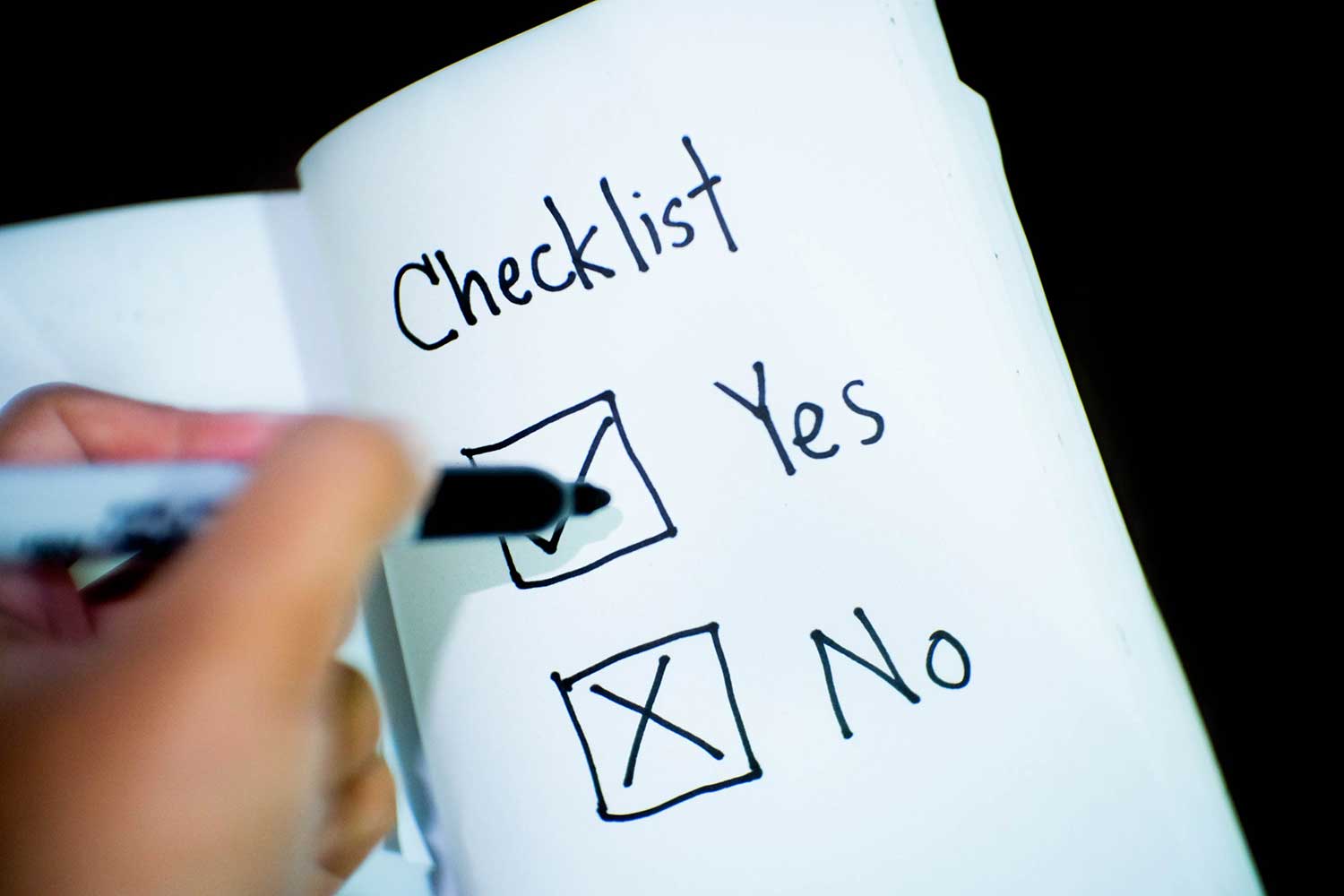


A construction documents checklist is used by construction companies to ensure that they have all of their project documentation in place.
A construction documents checklist is typically used and completed before a project begins, but can be useful as a 'sanity' check at any stage of a project or any stage of the company lifecycle.
While the premise of a construction document checklist is always the same - to check off documents on a predefined list of required documents - the length and content of a construction document checklist will vary from company to company and project to project.
A company running a megaproject will need a lot more documentation than a company running a small 3 or 4 week project.
Nevertheless, the document checklist can be an equally powerful tool for any project size, as the impact of forgetting or omitting a project document is all relative and potentially impactful for companies big and small.
The easy answer to this question is that it depends.
Some of the companies who have smart systems and strict document controls in place can get away with following their normal policies and procedures, while companies who manage their documents in a more dynamic fashion benefit with performing a document checklist for every project.
No matter how good and reliable your document controls are, it pays to have some form of a check and/or balance on most processes and procedures.
The time it takes to perform and complete a quick document checklist is a small price to pay for giving yourself another chance to ensure all of your critical project information is in place.
There are a couple of critical 'types' of documentation which need to be catered for on every project:
While these documents are inextricably linked, they often serve different purposes on a project, and it helps to segment them into their own construction documents checklist.
So first, we'll take a look at the information management system or IMS - the document checklist which covers the information being captured on site most days.
Your information management system needs to cover all of your core project and business functions, which means your construction documents checklist needs to cover these functions too.
Most of the important documents you'll need on 'every' project are summarised in the document checklist below.
SAFETY DOCUMENTS
Applicable safety permits
Safe work method statements (SWMS)
Induction and pre-qualifications
Applicable safety checklists
Applicable safety reports
Hazard identification forms
Pre-starts and toolbox talk forms
QUALITY DOCUMENTS
Defect management documents
Punch lists (or snag lists)
Lot management sheets
Hold points and witness points
Corrective action reports
Quality checklists and reports
RFI's (Requests for information)
ITP's (Inspection and test plans)
ENVIRONMENTAL DOCUMENTS
Applicable environmental permits
Environmental monitoring forms (noise and vibration monitoring)
Environmental checklists and reports
FINANCE DOCUMENTS
Project costing forms
Planned vs. actual costing sheets
COMMERCIAL DOCUMENTS
Delay and change management forms
Variation management documents
Meeting minutes sheets
Extension of time forms
PRODUCTION DOCUMENTS
Materials ordering and inspections
Quantity planned vs. actuals
Budgeting and forecasting
Managing all of this information using an information management system made up of folder structures, word docs, spreadsheets and PDFs can be a hassle, and extremely time-consuming.
One way to remove much of this effort and to largely automate the organisation and deployment of documents across projects is to use an integrated management system like Dashpivot.
A flexible IMS like this can help you digitise and streamline any or all of your site documents, from daily reports all the way to safety talks.